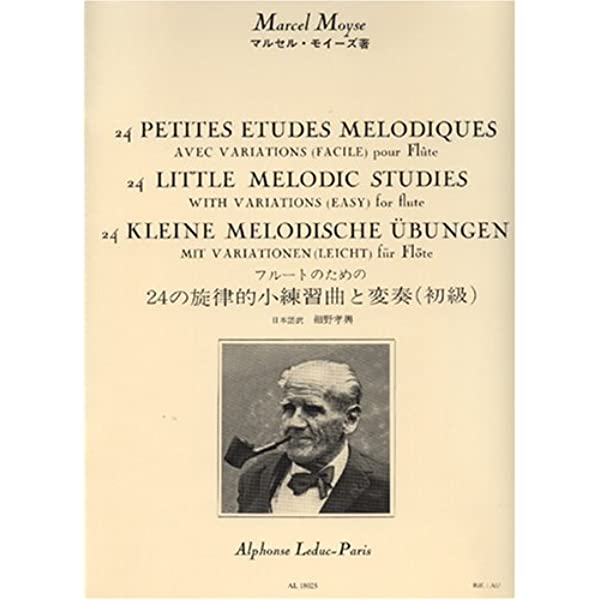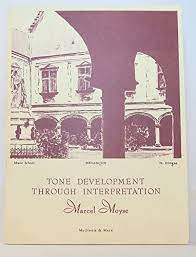the serious doll
by Edward Elgar 1857-1934
the serious doll
by edward elgar 1857-1934
Why Choose The Serious Doll
I have chosen to play from the piano version of this Suite. I have taken the right-hand melodic line. The reason I have chosen this melody apart, from the fact it is so beautiful, is it is a great exercise to practice keeping a resonant tone when you have found the speaking point of the flute. I have found it very beneficial to my tone control and colour. When one hears William Bennett play it, it is impossible not to have a go at it.
The Guide: The Serious Doll by Edward Elgar
The Backing Track
The backing track has been provided with the main purpose of giving the player the opportunity to understand each work completely. Practicing with the accompaniment is a final step for the player. The backtrack should not be used ideally until the player has learnt the piece to performance level. The backtracks provide the player with a wonderful opportunity to sing with them and to understand the harmonic flow and structure of a piece.
The Serious Doll
Sheet Music
The Nursery Suite Complete Score
Background
The Nursery Suite is one of the last compositions by Edward Elgar. Like Elgar’s Wand of Youth suites, it makes use of sketches from the composer’s childhood.
There are seven movements and a coda.
1. Aubade (Awake)
2. The Serious Doll
3. Busy-ness
4. The Sad Doll
5. The Wagon (Passes)
6. The Merry Doll
7. Dreaming – Envoy (Coda)
The composition of the Nursery Suite came about when Elgar mentioned in September 1930 to William Laundon Streeton of HMV that he had lately run across a box of musical sketches from the days of his youth. Streeton suggested that he might suitably draw on them for a work to mark the recent birth of Princess Margaret Rose. The suite was dedicated to Princess Margaret, her older sister Princess Elizabeth (the future queen Elizabeth II) and their mother (the Duchess of York).
Most of the movements appear light, in the style of The Wand of Youth Suites, and predominantly sunny in character.
The Nursery Suite was one of the first pieces of orchestral music to receive its premiere in a recording studio (Kingsway Hall, London) rather than a concert hall (although Elgar’s very first recording session, in February 1914, had included the premiere of the miniature “Carissima”). At its premiere on 23 May 1931, all but the two last movements were recorded under the baton of the composer. The last two movements were added when the whole suite was performed on 4 June 1931 before an invited audience including Princess Elizabeth, aged five, and her parents.
The ballet “Nursery Suite”, with Elgar’s music, choreography by Ninette de Valois and scenery and costumes by Nancy Allen, was first performed by the Vic Well Ballet (now the Royal Ballet)) on 19 March 1932 at the Sadler’s Well Theatre.
Elgar wrote a detailed programme note about the Nursery Suite, in which he commented that the opening movement ‘Aubade (Awake) should call up memories of happy and peaceful awaking’’’. After a held chord, a musical image perhaps of the state of sleep itself, a wistful lilting theme on wind and strings brings stirrings of consciousness. Elgar introduces ‘a fragment of a hymn tune (‘Hear Thy children, gentle Jesus’, written for little children when the composer was a youth)’. Elgar had named the tune ‘Drakes Broughton’, after a village near Worcester. After these two ideas are repeated, the hymn ‘dies away to a peaceful close: the day has begun.’
Reference Recordings
‘The serious doll’ is characterised by a ‘sedate semi-serious solo for flute’. When embellishing his childhood melody, which flows with decorative elegance, Elgar was conceiving it for Gordon Walker, principal flute of the London Symphony Orchestra and an outstanding British flautist.
English Chamber Orchestra with William Bennett playing The Serious Doll.
Wand of Youth Suite No 1 with score.
Wand of Youth Suite No 2 with score.
Recommended Development Tools
The following are some recommended studies, tone and exercises which will assist in improving different skills to get the most out of this piece.

24 Little Melodic Studies by Marcel Moyse
- Number 6
- Number 9
- Number 13
- Number 14
- Number 20
- Number 21

Tone Development Through Interpretation by Marcel Moyse
- Number 7
- Number 38
- Number 39
- Number 40
